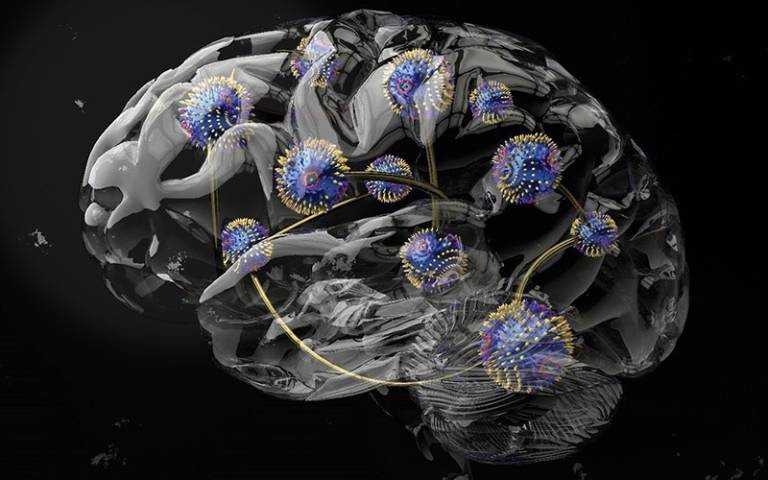In a breakthrough for brain-inspired computing, researchers from London have utilized chiral magnets as a computational medium. This pioneering method involves adapting the material's physical properties for diverse machine-learning tasks through an external magnetic field and temperature variations.

Utilizing Chiral Magnets as Computational Medium
Researchers from University College London (UCL) and Imperial College London have made a significant stride in brain-inspired computing by employing chiral (twisted) magnets as a computational medium.
Interesting Engineering reported that this innovative approach utilizes an external magnetic field and temperature variations to adapt the material's physical properties for various machine-learning tasks. The study addresses a key limitation in physical reservoir computing, aiming to revolutionize it by mimicking the adaptability of the human brain.
Lead author Dr. Oscar Lee from the London Centre for Nanotechnology emphasizes the potential for more energy-efficient computing. Traditional computing, with separate units for data storage and processing, consumes excessive energy and generates heat.
Physical reservoir computing, a neuromorphic, brain-inspired approach, eliminates the need for distinct memory and processing units, enhancing energy efficiency and seamlessly integrating into existing circuitry.
This research marks a step toward computers that require significantly less energy and adapt their computational properties for optimal performance across various tasks, similar to the human brain.
Conducted by researchers from Japan and Germany, the study utilized a vector network analyzer to gauge the energy absorption of chiral magnets across different magnetic field strengths and temperatures ranging from -452 °F (-269 °C) to room temperature.
The intriguing discovery was that distinct magnetic phases of chiral magnets excelled in specific computing tasks, as reported by EurekAlert. The skyrmion phase, characterized by swirling magnetized particles in a vortex-like pattern, demonstrated robust memory capacity suitable for forecasting tasks.
On the other hand, the conical phase, featuring minimal memory but exceptional nonlinearity, proved highly effective for transformation tasks and classifications, such as animal identification.
Collaborative Effort
This effort involved researchers from UCL, Imperial College London, the University of Tokyo, and Technische Universität München, receiving support from institutions like the Leverhulme Trust, EPSRC, Royal Academy of Engineering, Japan Science and Technology Agency, Katsu Research Encouragement Award, Asahi Glass Foundation, and the German Research Foundation (DFG).
Dr. Jack Gartsnide, a co-author of the study from Imperial College London, highlighted the recent identification of materials for unconventional computing by collaborators at UCL. These materials stand out for their unique ability to support a diverse range of magnetic textures.
As posted on Research Materials, the researchers developed a neuromorphic computing architecture that utilizes the intricate properties of these materials to meet the demands of various challenging tasks. The outcomes were remarkable, showcasing how the reconfiguration of physical phases can directly tailor the performance of neuromorphic computing.
This groundbreaking research hints at the potential for a new era of energy-efficient and adaptive machines, drawing inspiration from the intricacies of the human brain. The team's upcoming challenge involves identifying commercially viable and scalable materials along with device architectures to further advance their work.
Related Article : A Newly-Discovered Honeycomb-like Material May Aid in the Creation of Quantum Technologies


![Apple Watch Series 10 [GPS 42mm]](https://d.techtimes.com/en/full/453899/apple-watch-series-10-gps-42mm.jpg?w=184&h=103&f=9fb3c2ea2db928c663d1d2eadbcb3e52)


